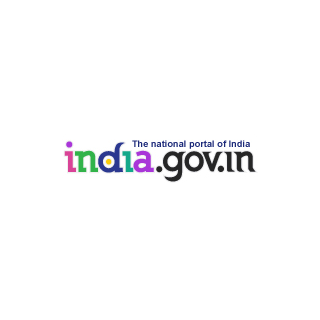This specialization course provides an overview of disaster risk management sound practice for local government policymakers, urban managers, planners, and disaster management professionals.
-
- Share This
- Rating
-
- Share This
- Rating
Natural disasters also tend to have a disproportionate impact on less developed countries causing much greater losses in terms of fatalities and GDP than in developed countries.
-
- Share This
- Rating
Earthquakes are one of the most disastrous of natural hazards, coming without warning and affecting nations and peoples around the entire Pacific Rim, and from North Africa through the Balkans and Middle East, India and Indonesia, to Papua New Guinea and New Zealand.
-
- Share This
- Rating
Disasters have a major impact on the living conditions, economic performance, and environmental assets of affected countries. Consequences may be long-term and may cause irreversible damages to environmental, economic and social structures.
-
- Share This
- Rating
Gender mainstreaming is a key strategy to reduce inequalities among gender groups. Mainstreaming gender into disaster management strengthens the resilience of entire communities, cuts recovery time, and leads to more efficient recovery and reconstruction. It can be achieved by taking into account the needs, concerns and capacities of gender groups in planning and implementing disaster reduction and risk management activities.
-
- Share This
- Rating
Climate change is exacerbating the impacts associated with droughts, floods and other extreme weather events. According to the Stern Report "climate change will affect the basic elements of life for people around the world – access to water, food production, health, and the environment".
-
- Share This
- Rating
The theory and practice of disaster management today increasingly acknowledges the role of human factors in natural disasters. There is also a discernible shift in the nature of disaster preparedness and mitigation activities. It is based on the recognition that the socio-economic vulnerability of communities, rather than physical hazard, explains the impact of disasters and that interventions must therefore aim at reducing vulnerability at the community level.
-
- Share This
- Rating
The introductory module reviews worldwide trends, basic concepts and terminologies in disaster risk management. It also outlines the framework that is followed throughout the course and the overall disaster risk management program.
-
- Share This
- Rating
The NSL's collection policy is to build resources with an emphasis on high end R&D reference sources, Indian S&T publications, foreign language dictionaries, library and information science, information & communication technology, computer science, conference proceedings, technical reports and other sources relevant to S&T community of the country.
-
- Share This
- Rating
National Union Catalogue of Scientific Serials in India (NUCSSI) is the first indigenous database that serves as an ideal tool to access Journal holdings information. Journals are the main source of Science and Technology information.





